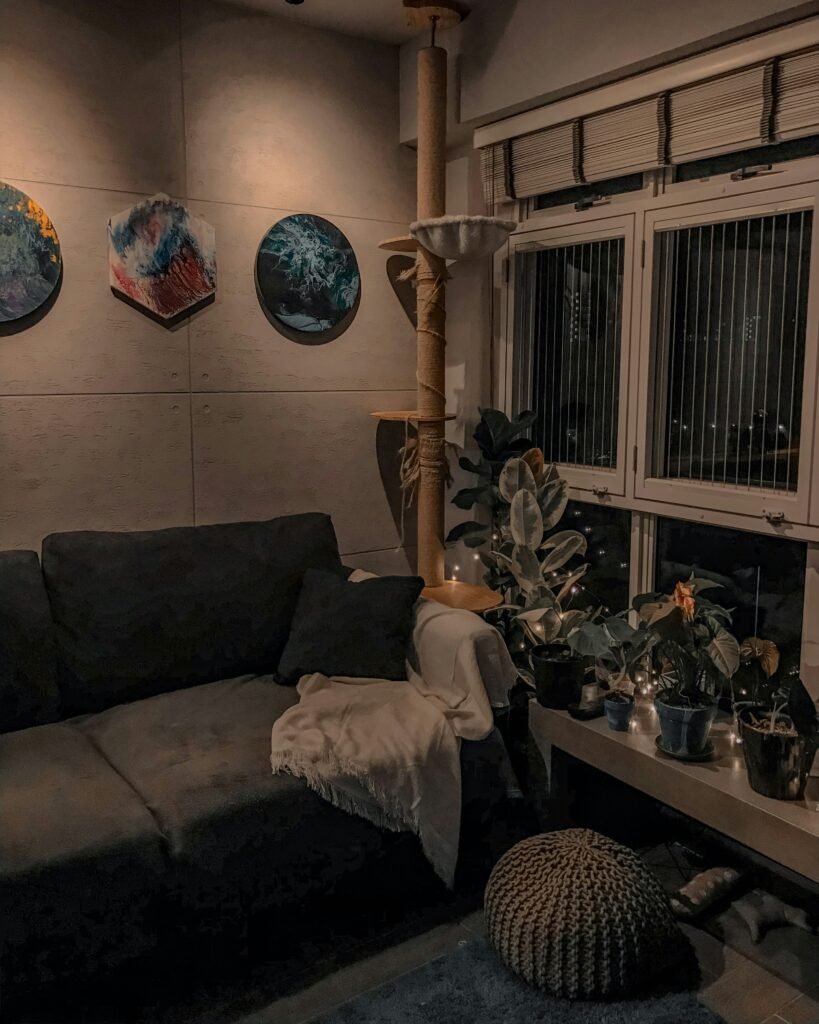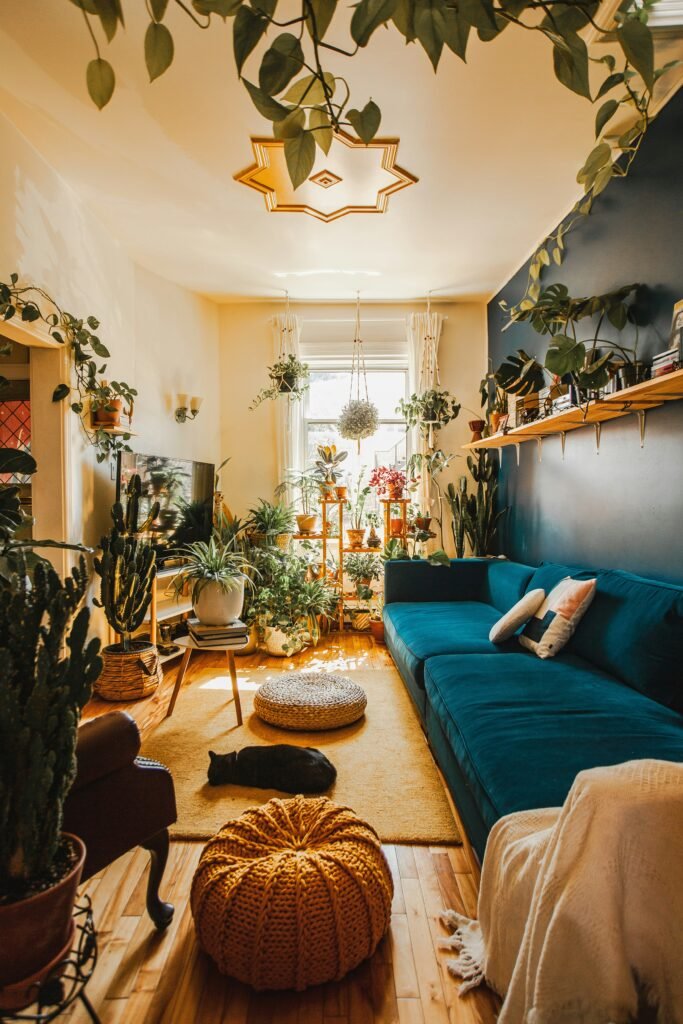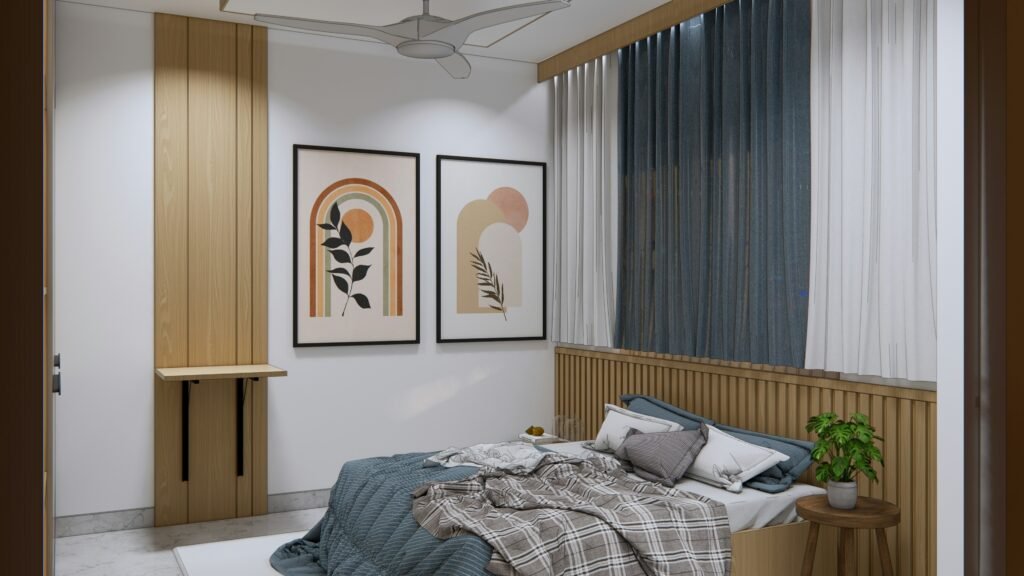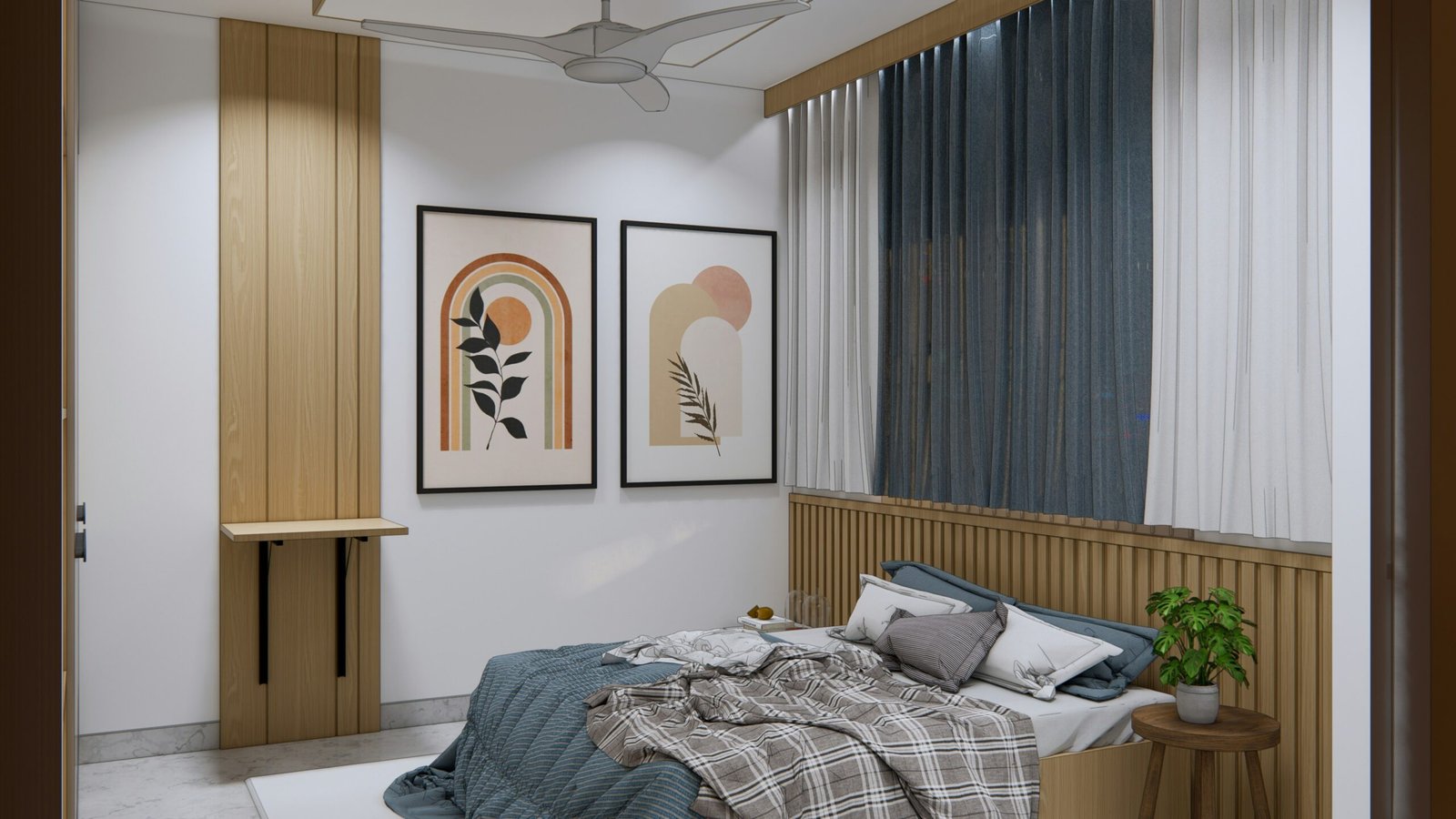Looking for the best budget-friendly stores to style your home without overspending?

What Are The Best Budget-friendly Stores For Home Decor?
You can create a beautiful, comfortable living space on a budget if you know where to shop and how to shop. This guide lists top stores, explains what each one specializes in, shows price expectations, and gives practical tips so you can make smart purchases. You’ll get ideas for where to buy furniture, textiles, decor accents, lighting, and storage solutions without sacrificing style.
How to think about “budget-friendly” for home decor
You might define budget-friendly as under $50 for decor accents, $200–$500 for small furniture, or under $1,000 for larger items — but this varies by market and your expectations. Think about:
- What items you need now versus later
- Which pieces should be higher quality (frequently used furniture) and which can be inexpensive (seasonal decor)
- How much shipping, returns, and assembly costs will add to the sticker price
By planning purchases around needs and priorities, you’ll spend where it matters and save where it doesn’t.
Quick comparison of popular budget-friendly stores
This table summarizes the strengths and typical price ranges so you can quickly pick which stores to visit first.
| Store | Best for | Typical price range | Strengths |
|---|---|---|---|
| IKEA | Affordable basics, modular furniture | $5–$800 | Modern styles, modular systems, great for small spaces |
| Target | Trendy decor, bedding, small furniture | $5–$500 | Designer collaborations, convenient returns |
| HomeGoods / TJ Maxx | Unique finds, seasonal decor | $5–$300 | Discounted brand name items, treasure-hunt vibe |
| Walmart | Everyday essentials, budget furniture | $5–$600 | Low prices, wide selection, online pickup |
| Wayfair | Wide selection of furniture & decor | $20–$2,000 | Frequent sales, customizable filters |
| Amazon | Fast shipping, variety of price points | $5–$2,000 | Prime shipping, many brands and reviews |
| H&M Home | Trendy textiles and decor | $5–$200 | Fashion-forward patterns, affordable textiles |
| Overstock | Discounted furniture & rugs | $20–$1,500 | Clearance deals, free shipping on many items |
| Ikea-Adjacent outlets & thrift stores | Very low-cost furnishings | $1–$200 | Sustainable options, unique vintage finds |
| Dollar stores / Big Lots | Basic decor, seasonal items | $1–$100 | Extremely low-cost essentials |
Top brick-and-mortar budget-friendly stores
IKEA
IKEA is often the first stop for budget-conscious decorators. You’ll find sofas, beds, storage systems, kitchen basics, and accessories with Scandinavian style. Prices are low because of flat-pack design and cost-effective materials like particleboard and veneer. You can mix IKEA pieces with higher-end accents to elevate the look.
- Best for: Starter furniture, modular storage (e.g., Kallax, PAX), affordable kitchenware
- What to watch for: Assembly time, durability for heavy use, and matching finishes
Target
Target blends affordability with trend-led pieces. Their in-house brands (Threshold, Hearth & Hand with Magnolia, Project 62) and collaborations with designers offer stylish looks at accessible prices. Target stores are also convenient for returns and immediate pickup.
- Best for: Decorative accents, rugs, bedding, seasonal items
- What to watch for: Some items may be store-specific and go out of stock fast during sales
Walmart
Walmart carries a large inventory of basics and low-cost furniture lines. You can find everything from simple nightstands to outdoor furniture. Online selection is broader than in-store inventory, and shipping/pickup makes ordering convenient.
- Best for: Everyday essentials, clearance finds, budget furniture
- What to watch for: Variability in quality across brands; check reviews
HomeGoods / TJ Maxx / Marshalls
If you enjoy treasure hunting, these discount home stores are ideal. Inventory changes regularly, so you can find brand-name decor, unusual accents, and high-quality textiles at steep discounts. It’s a good place to pick up statement pieces that would be expensive elsewhere.
- Best for: Unique accents, framed art, throw pillows, kitchenware
- What to watch for: Inconsistent availability — patience pays off
Big Lots
Big Lots focuses on everyday furniture, seasonal decor, and clearance items. Prices are often lower than department stores, and they frequently run promotions to reduce prices further.
- Best for: Budget sofas, seasonal decor, storage solutions
- What to watch for: Check product reviews and return policies carefully
Best online budget-friendly retailers
Wayfair
Wayfair carries a huge selection across all price points. You can filter by price, color, size, and delivery options. Their frequent sales and user reviews make it easy to compare items.
- Best for: A wide range of furniture and decor, rugs, lighting
- What to watch for: Shipping times for bulky items and sometimes variable assembly complexity
Amazon
Amazon is strong for accessories, lighting, textiles, and small furniture. Prime shipping speeds up delivery, and the review system helps you assess quality. You’ll also find countless third-party sellers offering variations on popular designs.
- Best for: Fast shipping, accessories, quick replacements
- What to watch for: Counterfeit or misleading listings; check verified reviews and seller ratings
Overstock
Overstock offers discounted furniture, rugs, and decor with frequent promotions. They often have free shipping on many items and outlet price reductions.
- Best for: Rugs, occasional furniture, clearance pricing
- What to watch for: Item-specific quality — read descriptions carefully
Etsy
Etsy is ideal for handmade or vintage home decor. While not always the cheapest, you can often find unique pieces that give your space personality without big expense if you shop carefully.
- Best for: Vintage finds, handmade decor, customizable pieces
- What to watch for: Shipping costs and lead times for custom orders
Fashion retailers that double as home decor sources
H&M Home
H&M Home brings fast-fashion aesthetics to home textiles and accents. You’ll find trendy colors, modern patterns, and affordable pricing on items like bedding, towels, and small decor pieces.
- Best for: Textiles, seasonal decor, on-trend accents
- What to watch for: Limited furniture options and occasional size or color inconsistencies
Zara Home (where available)
Zara Home tends toward a slightly more refined, European aesthetic compared to H&M Home. Prices remain reasonable for textiles and smaller decor.
- Best for: Elevated textiles, tableware, and decor accents
- What to watch for: Stock often changes with seasons
Discount and outlet options
Outlet stores, factory seconds, and online outlet sections
Many brands have outlet sections either in-store or online. You can get lightly blemished items or past-season stock at big discounts. Check the outlet pages of major retailers and sign up for email alerts to catch restocks.
- Best for: Name-brand items at markdowns
- What to watch for: Final sale restrictions and limited return windows
Dollar stores and discount chains
Dollar stores and discount chains are unbeatable for basic supplies, seasonal decor, and small craft supplies. They’re also good for DIY project materials like hooks, baskets, and plain frames that you can upcycle.
- Best for: Small decorative items, party decor, craft supplies
- What to watch for: Lower quality and fragile materials — best used for temporary or decorative purposes
Thrift stores, consignment, and estate sales
Shopping secondhand can save money and reduce waste. You can find high-quality furniture and unique pieces at a fraction of the original price. Thrift stores and consignment shops often hold hidden gems that only you will recognize.
- Best for: Solid wood furniture, vintage decor, unique art
- What to watch for: Time investment for searching, potential need for cleaning or refinishing

How to decide which store to use for each category
Choose the store based on the type of item and how long you want it to last. Use the table below as a quick reference.
| Item type | Best store types | Why |
|---|---|---|
| Big-ticket furniture (sofas, beds) | IKEA (starter), Wayfair, Overstock, secondhand consignment | Balance between cost, style, and durability |
| Storage & modular units | IKEA, Target, Walmart | Simple designs, sizes that fit small spaces |
| Rugs | Wayfair, Overstock, Target, HomeGoods | Frequent sales and large selection |
| Lighting | Amazon, Wayfair, IKEA | Wide range of styles and price points |
| Textiles (bedding, curtains) | H&M Home, Target, Amazon | Trendy options at low cost |
| Smaller decor & accents | HomeGoods, Target, Dollar stores | Low-cost accents to refresh rooms |
| Art & unique pieces | Thrift stores, Etsy, HomeGoods | Individuality at various budgets |
Tips for getting the best deals
Plan and prioritize
Decide which pieces require more investment and which can be inexpensive. Spending more on a sofa or mattress that you use daily makes sense, while you can save on lamps or seasonal curtains.
Wait for major sales
Retailers run big sales around holidays (Memorial Day, Fourth of July, Labor Day, Black Friday, end-of-season clearance). You can often buy higher-quality items at discount prices during these events.
Sign up for newsletters and rewards
Stores often send first-time coupons or targeted discounts to subscribers. Rewards programs can also lead to exclusive offers or early access to sales.
Use price tracking and coupons
Browser extensions and price-tracking websites will alert you to price drops. Combine store coupons with discount codes and cash-back apps to maximize savings.
Inspect during returns and check policies
Before you buy, read the return policy, shipping costs, and assembly requirements. Free returns or in-store pickup can save you from unexpected fees.
Measure and visualize
Always measure your space and use room planners or AR tools (offered by some stores) to make sure furniture will fit. This avoids costly returns and wasted time.
How to mix high and low pieces to look intentional
You don’t have to buy everything from one store. Mixing low-cost items with a few higher-quality pieces creates a curated look.
- Start with a well-made foundation piece (sofa, bed, dining table).
- Use inexpensive accessories like throw pillows, vases, and frames to change color and style affordably.
- Choose neutral, timeless foundation colors so inexpensive seasonal decor won’t clash.
- Add one or two statement pieces (a unique lamp, rug, or artwork) that anchor your room.
DIY and upcycling to extend budget
Upcycling and DIY can make thrifted or budget items look bespoke and high-end.
- Paint or refinish furniture for a fresh look.
- Replace hardware on cabinets and dressers with new knobs to add character.
- Reupholster an inexpensive chair with a bold fabric to create a focal point.
- Use removable wallpaper for pattern without long-term commitment.
These projects can be inexpensive and add personal style without high costs.

Sustainable and budget-friendly strategies
Shopping sustainably doesn’t have to be expensive. You can:
- Buy used: secondhand furniture often has a longer life and lower environmental impact.
- Repair instead of replacing: minor repairs can extend the life of furniture.
- Choose durable materials for high-use items and buy cheaper decorative pieces.
- Donate or resell items you replace to offset costs and reduce waste.
What materials and construction to watch for on a budget
Knowing the basics of furniture construction helps you make smart purchases.
Common materials and durability
- Solid wood: durable and often worth the investment for major pieces, but more expensive.
- Veneer/plywood: mid-range — looks good and can last if constructed well.
- Particleboard/MDF: affordable but less durable under moisture or heavy use.
- Metal frames: can be sturdy and affordable, especially for bed frames and shelving.
Upholstery and textiles
- Polyester blends: inexpensive and stain-resistant, but may pill over time.
- Cotton/Linen: breathable and comfortable but can stain easily unless treated.
- Microfiber: budget-friendly and durable for everyday sofas and chairs.
Choose materials that match how often the item will be used.
Shipping, assembly, and returns — what to expect
- Flat-pack furniture will save money but requires assembly time and tools.
- Big-ticket items shipped to your home may carry additional delivery charges; check for thresholds to qualify for free delivery.
- Some stores offer white-glove delivery or assembly for a fee if you’d rather not DIY.
- Read return windows carefully and keep packaging until you’re sure you’ll keep the item.
Store-specific shopping strategies
IKEA
- Use the store’s planning tools for kitchens and closets (PAX, SEKTION).
- Buy extra fasteners and wood glue if you plan to reinforce joints.
- Consider buying only frames or storage units at IKEA and upgrading cushions or fronts elsewhere.
Target
- Search both online and in-store; some items are online-only or in limited stock.
- Use the Target Circle app for coupons and special offers.
Wayfair & Overstock
- Read customer photos and reviews for insight on actual color and quality.
- Track shipments carefully for large items and be prepared for possible delays.
HomeGoods / TJ Maxx
- Visit frequently; inventory rotates quickly.
- Inspect items for damage and ask about return policies for clearance or final sale items.
Thrift & consignment shops
- Bring a tape measure and a small toolkit to assess and possibly do quick repairs onsite.
- Bargain respectfully — many sellers price items to move, and you may be able to negotiate.
Styling tips to make budget decor look expensive
- Keep a cohesive color palette to make mixed pieces feel intentional.
- Layer textures: soft throws, woven baskets, and rugs add depth.
- Edit often: remove clutter and rotate items to keep spaces feeling fresh.
- Use mirrors to add light and perceived space.
- Invest in lighting: a stylish lamp or pendant can transform the look of a room at relatively low cost.
Common mistakes to avoid
- Buying the cheapest version of everything — you’ll notice wear faster and replace items more often.
- Neglecting measurements — wrong-sized furniture creates awkward layouts.
- Failing to consider scale: a small rug under a large couch will make the room feel disjointed.
- Skipping reviews for online purchases — images and specs can be misleading.
Seasonal and last-chance shopping strategies
- Buy seasonal decor off-season: Decorations for holidays and seasons are cheaper after the peak period.
- Check clearance racks and “last chance” sections online for discontinued colors or samples.
- Use end-of-season sales to buy items for next year at deep discounts.
Budget breakdown examples by room
Here are example budgets to give you realistic expectations for decorating different rooms affordably.
| Room | Lower budget example | Mid-range example | What you’ll get |
|---|---|---|---|
| Living room | $300–$700 | $700–$2,000 | Budget: thrift sofa, IKEA storage, Target pillows; Mid: budget sofa + upgraded rug and lighting |
| Bedroom | $200–$600 | $600–$1,200 | Budget: basic mattress topper, IKEA bed frame, thrift dresser; Mid: mid-range mattress, upgraded bedding |
| Kitchen | $100–$500 | $500–$1,500 | Budget: utensils, secondhand table, sheets & storage; Mid: new small appliances, improved lighting |
| Bathroom | $50–$300 | $300–$800 | Budget: textiles and accessories, bargain shower curtain; Mid: better storage and fixtures |
| Home office | $150–$600 | $600–$1,500 | Budget: basic desk from Target, secondhand chair; Mid: ergonomic chair, better lighting, storage |
These ranges show how much you might spend when mixing thrifted, discounted, and new items.
Final checklist before buying
- Measure twice, buy once: ensure dimensions and clearances work.
- Read reviews and check return policies.
- Calculate total cost with shipping and assembly.
- Think about longevity and whether it’s worth spending more now to save later.
- Look for coupons, loyalty rewards, and price-match guarantees.
Final thoughts
You can make meaningful improvements to your home without spending a lot if you shop strategically. Use a mix of the stores listed here according to the type of item you need, prioritize comfort and durability for everyday pieces, and have fun with lower-cost accents to express your style. With patience, careful measurement, and a few smart splurges, your home will feel thoughtfully curated and comfortable — all while staying within your budget.
